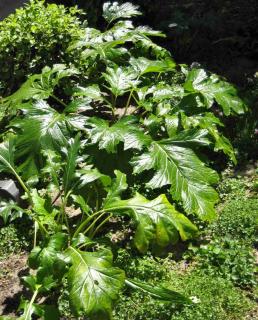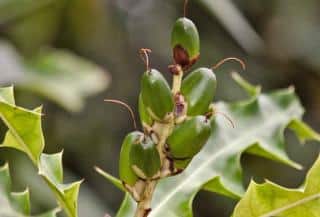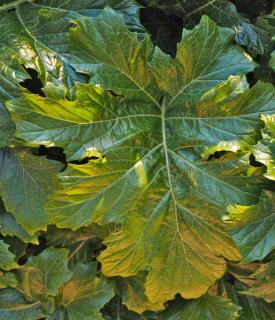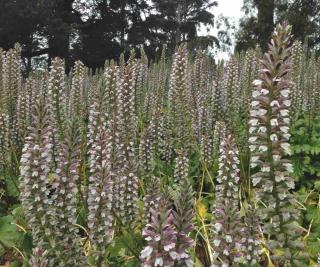

Acanthus is a Mediterranean plant that boasts magnificent blooming all summer long.
Acanthus key facts
Name – Acanthus
Family – Acanthaceae
Type – rhizome perennial
Height – 3 to 6 ½ feet (1 to 2 meters)
Exposure – full sun
Soil – rich and well drained
Foliage – semi-evergreen, depending on the climate
Flowering – summer
Its large pink, purple or white panicles are perfect for filling in a flower bed. Care, pruning and planting must all follow good practices to have your acanthus bear very nice flowers.


When an Acanthus is propagated, it will need 2 to 3 years before blooming again, so it’s perfectly normal if your acanthus doesn’t bloom yet.

No need to pick the many flowers in the column one by one: they’ll all dry out at the same time. When petals have turned brown, cut the entire stem off.
If you let them be, your acanthus will produce seeds and self-sow for the following spring.
In fall, once the foliage has wilted away, cut back as short as you can in November, and protect the foot of the plant with dried leaf mulch for instance.
In areas with mild climates, it’s possible to simply leave your acanthus alone without any type of protection.
Although acanthus generally resists diseases well, one can nonetheless encounter powdery mildew as a major opponent, as well as slugs and snails that love to nestle between the stalks.

It numbers about thirty species which makes for a significant variety of colors, flowers and leaves.
It bears magnificent floral scapes that grow to over 6 ½ feet (2 meters) in height, and they definitely stand out with their original shape.
To stimulate this magnificent blooming, regularly add organic liquid fertilizer designed for geraniums or flowering plants.